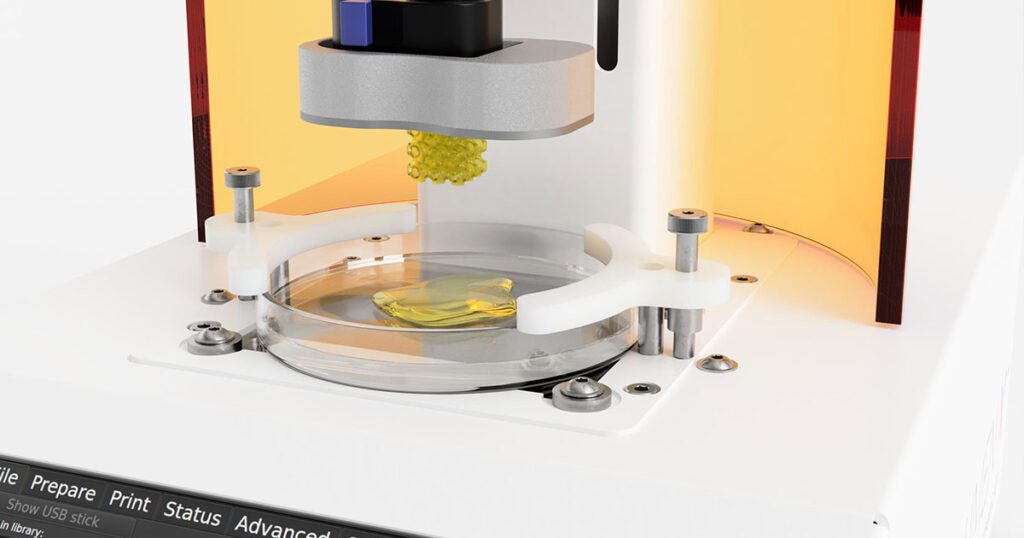Biofabrication of Vascularized Skin Tissue Models with DLP and Extrusion Bioprinters
This optimized workflow combines extrusion and light-based 3D bioprinting to recreate fully vascularized skin tissue models.
Here, we introduce an optimized workflow that combines the best of both worlds. More specifically, this technical note describes combining light-based bioprinting on the LUMEN X DLP bioprinter and extrusion-based bioprinting on the BIO X6. Leveraging both techniques helped us recreate microscale features with high fidelity. Additionally, we incorporated multiple materials in our skin model thanks to the BIO X6’s six printheads and achieved more complexity. Follow this step-by-step technical note to bioprint an intricate vascular bed with the LUMEN X. Then, use the BIO X 6 to extrude the multimaterial dermal and epidermal layers.
This workflow will help accelerate your research with more advanced models of the individual layers of skin tissue. Ultimately, researchers hope that these bioprinted skin models could replace skin irritation testing of topical creams and cosmetics on animals.
Download our technical note to learn how:
- To combine the high resolution of DLP-based bioprinting with very versatile extrusion-based 3D bioprinting.
- To create a vascularized skin tissue model. One with a rich, dermal fibroblast niched hydrogel-based dermal layer, a low viscosity, high cell concentration epidermal layer, and a highly complex vascular bed.
- An added vascular layer sheds light on the permeability of skin to compounds entering the blood stream.
- Vasculature and multiple matrices within one model better recapitulate the in vivo complexity of skin tissue.
- To replace animal testing with these advanced 3D skin models when assessing skin irritation induced by chemicals, skin-cream-based drugs and cosmetics.
This technical note is conducted with an old generation of LUMEN X.






